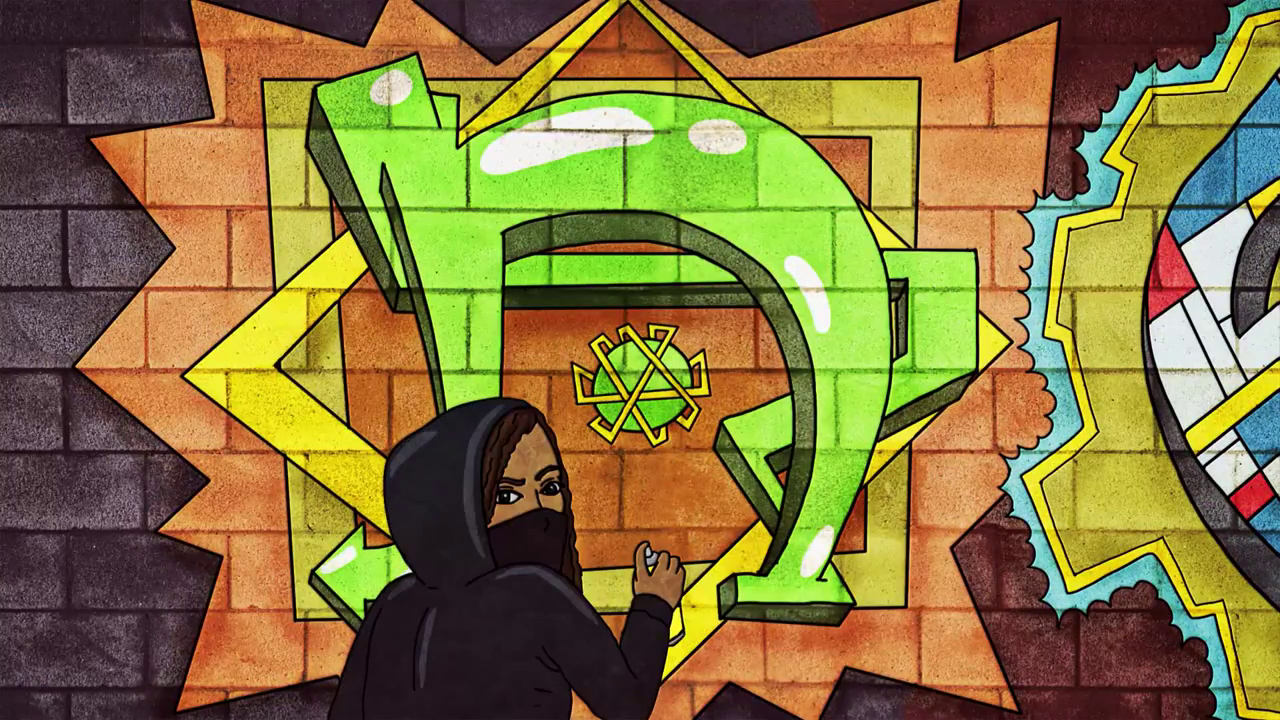This is an archive of original art shared through the project, templates for traditional letter art, as well as several examples of craft and how-to instructions for crafting siddur related works. ☞ Have you made some art you’d like to share for others to copy and redistribute through their assemblage of resources? Have you produced a mizraḥ, shiviti, or birth amulet, or other work that others can use to derive one for themselves or a friend? Upload it here. Filter resources by Collaborator Name Filter resources by Tag Filter resources by Category Filter resources by Language Filter resources by Date Range
The prescribed rabbinic blessing upon observing the meteorological phenomena of a rainbow, together with exceptional art inspired by early rabbinic midrash. . . . Categories: Tags: Contributor(s): When works are printed bearing shemot, any one of the ten divine names sacred to Judaism, they are cared for with love. If a page or bound work bearing shemot falls to the ground it’s a Jewish custom to draw up the page or book and kiss it. Just as loved ones are cared for after they’ve fallen and passed away, when the binding fails and leaves fall from siddurim and other seforim they are collected in boxes and bins and brought for burial, where their holy words can decompose back into the earth from which their constituent elements once grew, and were once harvested to become paper and books, and ink, string, glue. While teaching at the Teva Learning Center last Fall 2010, I collected all our shemot that we had intentionally or unintentionally made on our copy machine, or which we had collected from the itinerant teachers who pass through the Isabella Freedman Retreat Center on so many beautiful weekend shabbatonim. While leafing through the pages, I found one and kept it from the darkness of the genizah. . . . Categories: Tags: Contributor(s): The logo of the Open Siddur Project, as derived from the “color wheel” of the Bauhaus artist Johannes Itten (1961). . . . Categories: Tags: Contributor(s): Beginning late last year, I began a project to translate the Birkat Hamazon using Rabbi Simeon Singer’s English translation and the Nusaḥ ha-Ari as the basis for publishing birkonim (or in Yiddish, benchers). The original work was sponsored by the Teva Learning Center and its executive director, Nili Simhai, to be used in birkhonim specifically designed for use during weekdays during Teva’s Fall season. . . . Categories: Tags: Contributor(s): Given that the Torah forbids impressing our imaginations with illustrations of the divine, some other method is necessary to perceive divine Oneness. One method is found in the verse in Psalms 16:8, “I have set YHVH before me at all times.” . . . Categories: Tags: Contributor(s): Basic Hebrew letter and vowel lists adorn the opening pages of a number of siddurim published a century ago — evidence of the centrality of the Jewish prayer book as a common curricular resource. But the Hebrew letters are not only essential to fluency in Hebrew language, they are also the atomic elements composing the world of the rabbinic Jewish imagination. This is especially so for those who conceive in their devotional literary practices an implicit theurgical capability in modifying and adapting the world of language though interpretation, translation, and innovative composition. To create a world with speech relies on thought and this creative ability is only limited by the facility of the creator to derive meaning from a language’s underlying structure. This, therefore, is a table of the Hebrew letters arranged in order of their numerical value, in rows 1-9, 10-90, and 100-900, so that elements with similar numerical structure, (but dissimilar phonetic amd symbolic attributes) appear in vertical columns. Attention has been given to the literal meaning of the letter names and the earliest glyph forms known for each letter in the Hebrew abgad. . . . Categories: Tags: Contributor(s): |



